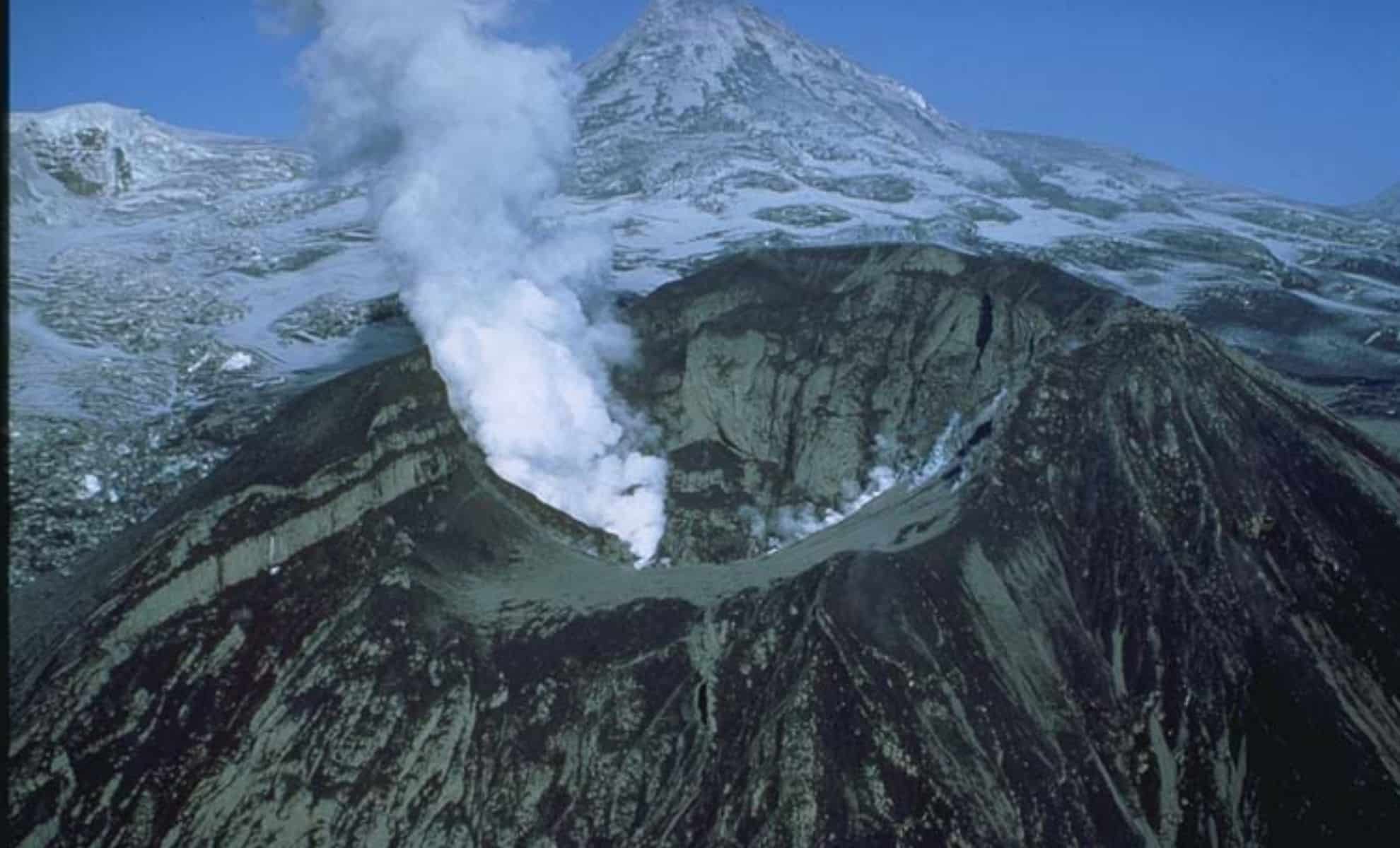
Mount Spurr, a majestic snow-covered stratovolcano located in Alaska, has captivated scientists for years, but recent developments have raised significant alarms. The Alaska Volcano Observatory (AVO) has been diligently tracking a rise in seismic activity surrounding the volcano since April 2024. This surge in earthquakes indicates that Mount Spurr might be on the brink of another eruption. Positioned merely 77 miles (124 kilometers) from Anchorage, the volcano’s unpredictable behavior poses risks to both nearby residents and local infrastructure, especially in the event of a major eruption. Experts currently estimate that there’s a 50% likelihood of an eruption occurring soon.
Escalating Seismic Activity
Since early 2024, Mount Spurr has seen an unsettling increase in earthquake frequency, signaling potential volcanic unrest underground. According to Matt Haney, the leading scientist at the Alaska Volcano Observatory under the U.S. Geological Survey, this uptick in seismic events has become more pronounced in recent weeks. Haney remarked, “It’s recorded a higher-than-average number of earthquakes for several months. However, in the last month, the frequency rose, along with a shift in earthquake locations.” Initially concentrated near the volcano’s summit, these tremors have now migrated approximately two miles (3 kilometers) downwards, close to a side vent named Crater Peak. This vent, known for its eruptions in 1992 and 1953, has reemerged as a focal point of concern for scientists.
The shift in seismic activity towards Crater Peak could denote alterations in the volcanic behavior of Mount Spurr. Should an eruption occur, experts believe that Crater Peak is the most likely site based on the migration of earthquakes and historical eruption patterns. During the past eruptions in 1992 and 1953, Mount Spurr released enormous ash clouds that reached heights of 65,000 feet (20,000 meters), significantly affecting local populations and leading to widespread air travel disruptions. According to Haney, the chances of a repeat event stand at 50% , indicating either continued unrest without an eruption or a shift into a more active state.
Potential Eruption Impacts
If Mount Spurr erupts, the ramifications could be catastrophic. Pyroclastic flows, which are rapid avalanches of hot gases, ash, and rock, could rush down the volcano’s slopes at speeds exceeding 200 mph (320 km/h), obliterating everything in their path and traversing significant distances from the vent. Additionally, melting snow and ice may combine with volcanic debris to generate mudflows or lahars, potentially causing extensive flooding. However, as Haney points out, there are currently no communities directly in harm’s way from these potential lahars or pyroclastic flows. The primary concern lies with the possible impacts on air travel and the local infrastructure.
The 1992 eruption at Crater Peak led to the closure of Anchorage’s airport and deposited 0.1 inches (3 millimeters) of ash across the city. Given the increase in air traffic in the region since that time, Haney emphasizes that any future eruption could have much more severe consequences for air travel. “Today, there are significantly more flights operating in and out of Anchorage, so an event like that would be very disruptive,” he observes. Beyond local flight interruptions, a substantial ash cloud could disrupt air traffic between North America and Asia, causing significant global travel delays.
Indicators of Upcoming Eruptions
Scientists at the Alaska Volcano Observatory are vigilantly tracking the earthquake patterns around Mount Spurr for further warning signs of an impending eruption. In 1992, the earthquake activity transitioned into a steady seismic tremor, a precursor of the eventual eruption. According to Haney, this pattern is a key indicator they are monitoring in the current seismic data. He explains, “If we observe a prolonged shaking pattern in the seismic data, that would strongly suggest that the unrest is trending towards a more certain eruption.” If such a pattern is confirmed, scientists will have the ability to provide timely warnings to the public and relevant agencies.
Nonetheless, Mount Spurr has a history of earthquake swarms that have not resulted in eruptions. Instances in 2004 and 2005 saw similar increases in seismic activity, but both events ultimately resulted in no eruptions, highlighting the uncertainty surrounding earthquake activity and its correlation with volcanic events. Mount Spurr has previously gone quiet without further incident after periods of unrest.
A Volcano on the Brink
Despite the unpredictability surrounding it, the escalating earthquake activity and the shift in focus towards Crater Peak are raising alarms about potential eruption risks. The intensifying activity at Mount Spurr serves as a stark reminder of the unpredictable nature of Alaska’s volcanoes—situated within the Pacific Ring of Fire, a region characterized by frequent seismic and volcanic events. As scientists continue to observe developments, the 50% chance of an eruption underscores the current unpredictability. Should an eruption occur, the consequences could be devastating, especially for air traffic and local communities.
For the time being, scientists are employing advanced monitoring methods to keep a close watch on potential developments. By continuously analyzing the seismic data, they hope to facilitate early detection that would allow for adequate preparation and the mitigation of impacts on people and infrastructure. The next few weeks and months should provide vital insights into whether Mount Spurr is gearing up to erupt or if this latest spell of unrest will subside without any incident.
Have thoughts on this situation? Join the conversation in the comments.
Liked this article? Subscribe to our newsletter for the latest stories, exclusive content, and news updates.









